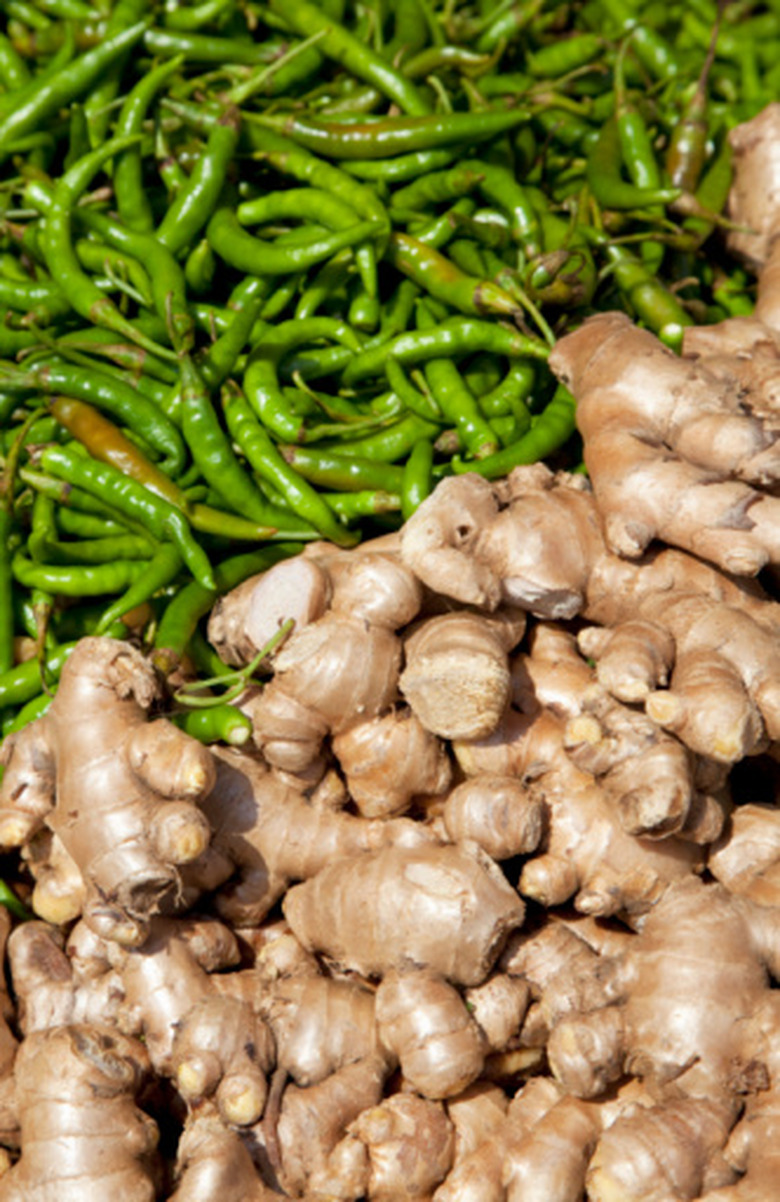How To Identify Ginger Plants
The ginger plant is famous for its highly scented and tasty roots, which give us the ginger spice. Because the most recognizable part of the plant grows below ground, anyone wanting to find ginger in the wild must learn to spot its leaves and flowers. Knowing how to identify ginger plants will let you find ginger wherever it is growing.
Step 1
Examine the shape and surface of the leaves. Ginger plants sprout shiny, heart-shaped, basal leaves. This means they only grow from the bottom of the plant, not the crown or anywhere further up. Examine the base of the leaf stems. Ginger plants have hairy bases to the stems, like they are covered in fine white whiskers.
- The ginger plant is famous for its highly scented and tasty roots, which give us the ginger spice.
- Because the most recognizable part of the plant grows below ground, anyone wanting to find ginger in the wild must learn to spot its leaves and flowers.
Step 2
Examine the flowers. Ginger plants bloom in early spring and only continue through to late spring, so flowers outside of this time mean the plant is not ginger. The flowers themselves are tripartite (they come in three parts), a brown or purple color (although some species can be a deep red or even green) and grow from the base of the plant, making them easy to miss.
Step 3
Note the location of the plant. Ginger plants prefer woodland areas and tend to grow in the shade and do well in warm, moist areas such as forests and heavy woodland. Although they grow in other areas, ginger is particularly abundant in tropical regions, such as Jamaica, the West Indies and parts of China.
Tip
If you are still unsure, try rubbing the leaves or digging a short way down into the soil. Ginger plants are filled with the spicy scent of ginger, and so are their roots. If fingers smell of ginger after digging around in the plant's roots or rubbing the leaves, you are looking at a ginger plant.
Warning
Because of their similar, slightly ginger scent, plants in the Alpina family are sometimes mistaken for ginger. These plants are larger than ginger however, and do not have its strong smell; which makes it possible to distinguish the two. Ginger's leaves are also narrower than those of the Alpinas.
